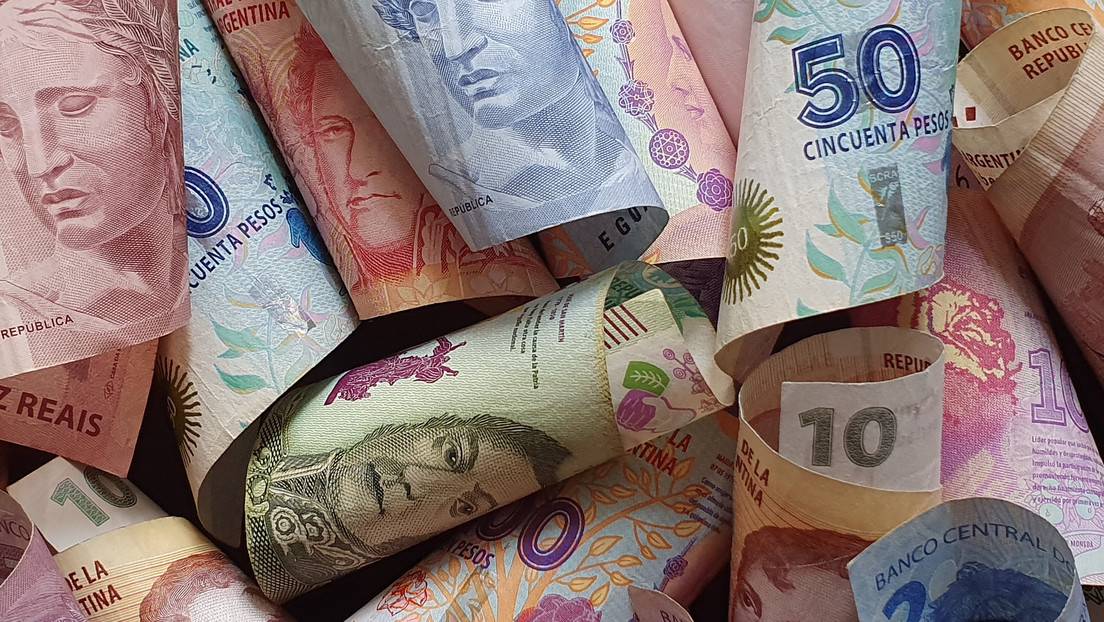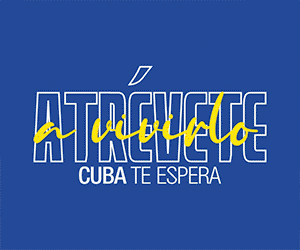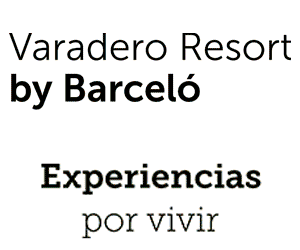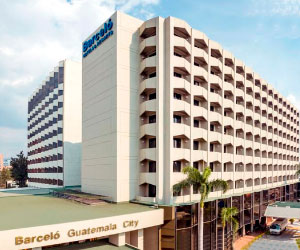The governments of Brazil and Argentina are making plans to create a new currency for Latin America, called the Sur (“south” in English), according to a report in the Financial Times.
Other countries in the region will be invited to use the currency.
Their goal is to “boost regional trade and reduce reliance on the US dollar”, the newspaper noted, citing government officials.
Argentina’s Economic Minister Sergio Massa told the Financial Times that the South American nations will soon “start studying the parameters needed for a common currency, which includes everything from fiscal issues to the size of the economy and the role of central banks”.
Brazil has the largest economy in Latin America, and Argentina has the third biggest (after Mexico).
Argentina-based Spanish economist Alfredo Serrano Manc, who directs a think tank dedicated to regional integration, the Latin American Strategic Center of Geopolitics (CELAG), told the Financial Times that “the path is to find mechanisms which substitute the dependence on the dollar”.
He added that now is the moment, given that “there are many governments that are ideologically similar”, with left-wing leaders across Latin America.
During his electoral campaign, Lula had floated the possibility of creating a regional currency for trade.
At a rally in May 2022, the Workers’ Party leader had said, “We are going to create a currency in Latin America, because we can’t keep depending on the dollar”.
Lula revealed that it would be called the Sur. He added that it would not be based on the euro model, and that countries could maintain their sovereign domestic currency. Instead, the plan would be to use the Sur for regional trade, Lula said.
After Lula won the October 2022 election, Ecuador’s left-wing politician and economist Andrés Arauz published a blueprint for a “new regional financial architecture” for Latin America.
Arauz said the plan would be to revive regional institutions like the Union of South American Nations (UNASUR) and the Banco del Sur (Bank of the South), and to create a Banco Central del Sur (Central Bank of the South) to oversee the new currency.
The goal is “to harmonize the payment systems of” the countries that make up UNASUR in order “to carry out inter-bank transfers to any bank inside of the region in real time and from a cellphone”, he wrote.
Today, Argentina is trapped in $44 billion of debt with the US-dominated International Monetary Fund (IMF). This dollar-denominated foreign debt has led to a constant drain of foreign currency out of Argentina, fueling high levels of inflation.
Argentina’s President Alberto Fernández visited China and Russia in February 2022, seeking alternatives to the US-dominated financial system, and joining Beijing’s Belt and Road Initiative.
Argentina has also applied to join the extended BRICS+ bloc, with Brazil, Russia, India, China, and South Africa. Buenos Aires attended the group’s 2022 summits at Beijing’s invitation. (https://moderndiplomacy.eu/2023/01/28/brazil-and-argentina-preparing-new-latin-american-currency-to-reduce-reliance-on-us-dollar/)

















